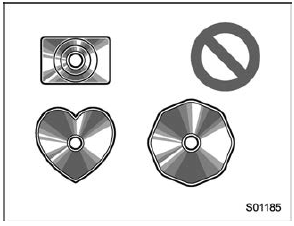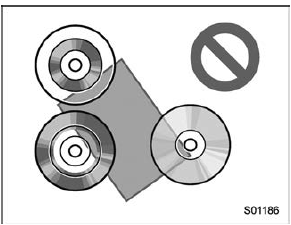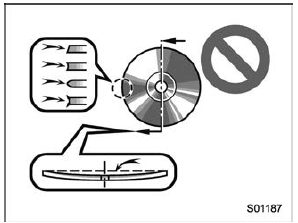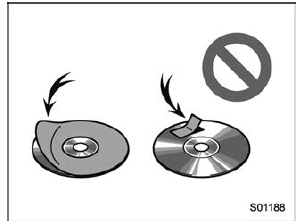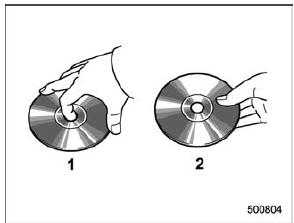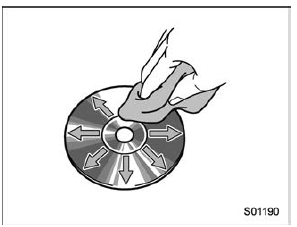Subaru Legacy BN/BS (2015-2019) Owners Manual: Radio
Usually, a problem with radio reception does not mean there is a problem with the radio - it is just the normal result of conditions outside the vehicle. For example, nearby buildings and terrain can interfere with FM reception. Power lines or phone wires can interfere with AM signals. And of course, radio signals have a limited range. The farther the vehicle is from a station, the weaker its signal will be. In addition, reception conditions change constantly as the vehicle moves. Here, some common reception problems that probably do not indicate a problem with the radio are described. FM Fading and drifting stations: Generally, the effective range of FM is about 25 miles (40 km). Once outside this range, you may notice fading and drifting, which increase with the distance from the radio transmitter. They are often accompanied by distortion. Multi-path: FM signals are reflective, making it possible for 2 signals to reach the vehicle's antenna at the same time. If this happens, the signals will cancel each other out, causing a momentary flutter or loss of reception. Static and fluttering: These occur when signals are blocked by buildings, trees or other large objects. Increasing the bass level may reduce static and fluttering. Station swapping: If the FM signal being listened to is interrupted or weakened, and there is another strong station nearby on the FM band, the radio may tune in the second station until the original signal can be picked up again. AM Fading: AM broadcasts are reflected by the upper atmosphere - especially at night. These reflected signals can interfere with those received directly from the radio station, causing the radio station to sound alternately strong and weak. Station interference: When a reflected signal and a signal received directly from a radio station are very nearly the same frequency, they can interfere with each other, making it difficult to hear the broadcast. Static: AM is easily affected by external sources of electrical noise, such as high tension power lines, lightening or electrical motors. This results in static. SiriusXM (if equipped)
CD player and disc
Remove the discs from the player and wait until it dries.
Use only discs marked as shown above. The following products may not be playable on your player:
1) Correct
To clean a disc: Wipe it with a soft, lintfree cloth that has been dampened with water. Wipe in a straight line from the center to the edge of the disc (not in circles). Dry it with another soft, lint-free cloth. Do not use a conventional record cleaner or anti-static device. CD-R/RW discs
USB memory device
iPod The following iPod, iPod nano, iPod classic, iPod touch and iPhone devices can be used with this system. Made for
*: iPod video not supported Depending on differences between models or software versions etc., some models might be incompatible with this system. |
 Tips for operating the audio/visual system
Tips for operating the audio/visual system
CAUTION
To avoid damage to the audio/visual
system:
Be careful not to spill beverages
over the audio/visual system.
Do not put anything other than an
appropria ...
 File information
File information
Compatible compressed files (Audio)
Corresponding sampling frequency
(Audio)
Corresponding bit rates (Audio)
(Variable Bit Rate (VBR) compatible)
MP3 (MPEG Audio Layer 3), WM ...
Other materials:
Caution
• Prior to starting work, pay special attention to the following:1. Always wear work clothes, a work cap, and protective shoes. Additionally, wear a helmet, protective goggles, etc. if necessary.2. Protect the vehicle using a seat cover, fender cover, etc.3. Prepare the service tools, clean cl ...


